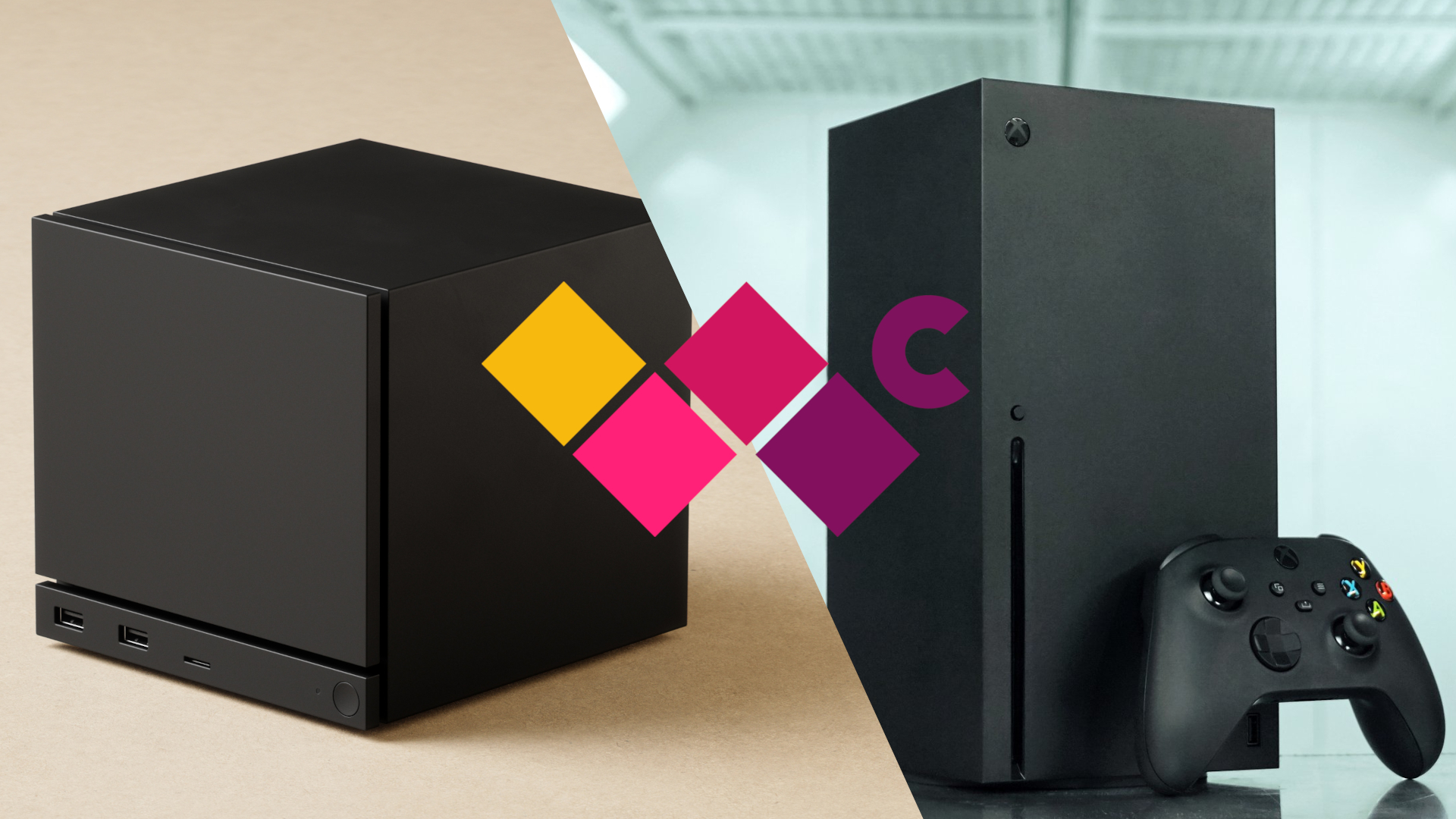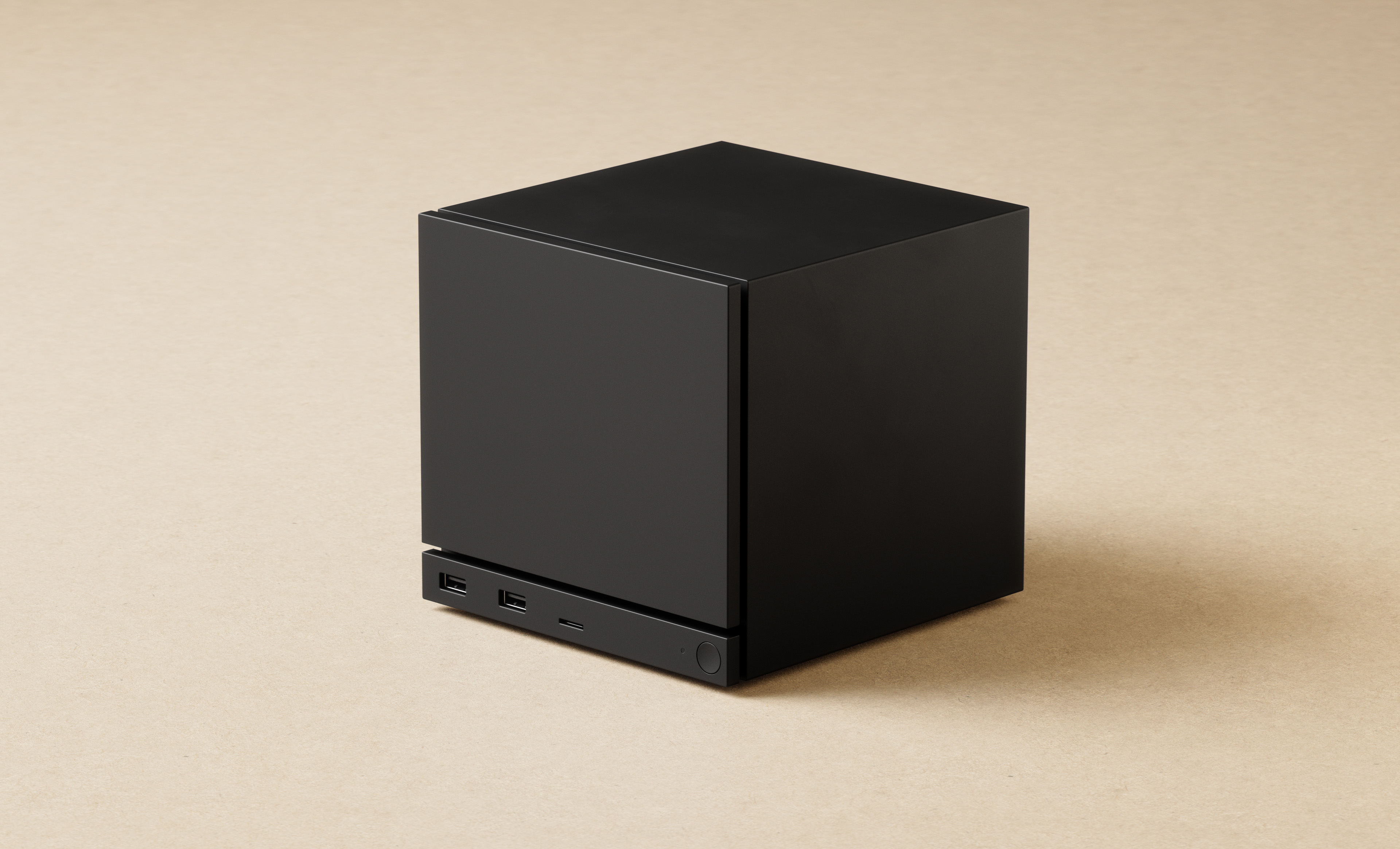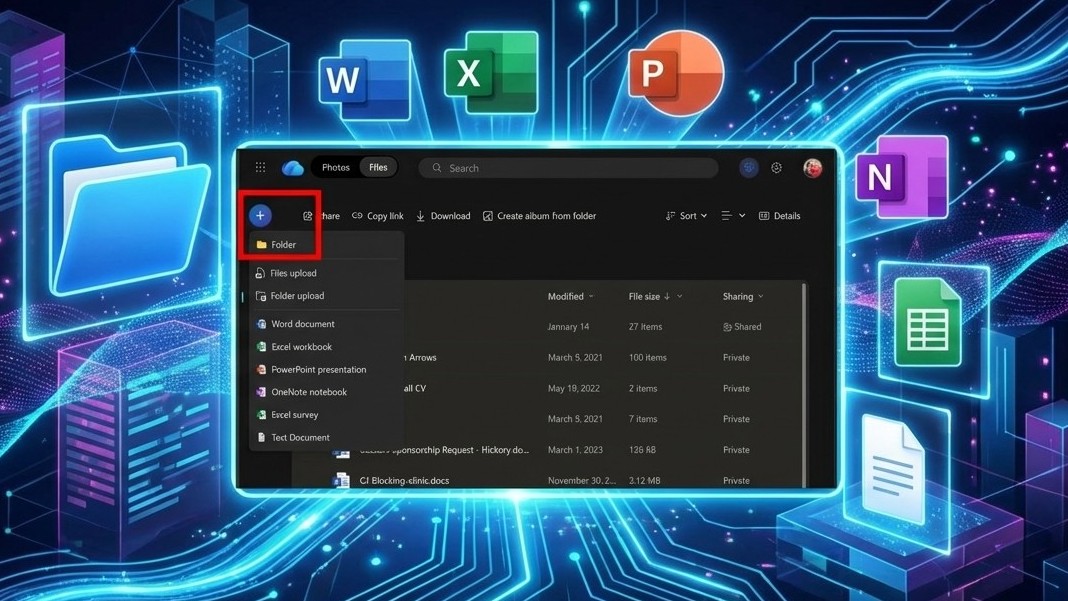Can Valve's new Steam Machine with 8GB of VRAM actually keep up with the graphics capabilities of the Xbox Series X and PS5?

Valve officially announced a revival of its Steam Machine on November 12, 2025, and with the announcement came some lofty promises of performance.
For some context, the new Steam Machine is a console-like desktop PC built into a tiny cube, running on Valve's Linux-based SteamOS operating system. You can think of it as a Steam Deck without the screen or built-in controls, but Valve says the Steam Machine is more than six times faster than the popular gaming handheld.
Gaming on a 4K display at a smooth 60 FPS? That's what Valve claims despite the Steam Machine having just 8GB of GDDR6 VRAM allocated for its integrated graphics card (GPU).
VRAM has been a hot topic of late due to the demands of modern games. When you turn up the settings to make the game look better, more VRAM is required to store all of the temporary data. When you run out of VRAM, performance tanks.
Late last year, I wrote about how Indiana Jones and the Great Circle — a gorgeous game with incredibly detailed textures — was wreaking havoc on GPUs with 8GB of VRAM. Even the RTX 3060 was able to perform better than newer cards thanks to its 12GB of VRAM.
Interestingly, Valve specifically mentioned Indiana Jones as working "well" on the Steam Machine, signalling that the system should fare just fine with 8GB of VRAM. There's a lot of nuance to that messaging, and I'm worried that early adopters might not find the performance they were expecting from Valve's new hardware.
How does Steam Machine performance hardware compare to Xbox Series X and PS5?
The Steam Machine is equipped with a semi-custom six-core AMD Zen 4 processor (CPU) with an integrated RDNA 3 GPU with 28 Compute Units (CU). System memory totals 16GB DDR5, and, as mentioned, there is 8GB of GDDR6 VRAM available to the GPU.
All the latest news, reviews, and guides for Windows and Xbox diehards.
Comparatively, the GPU in the Steam Machine is about the same as AMD's RX 7600M used in gaming laptops. It has the same 28 CUs, and it tops out around the same 2.4GHz clock speed. The RX 7600M hits about 17.27 TFLOPS of FP32 power, so it's not a stretch to assume the Steam Machine will deliver about the same.
Turning to the Xbox Series X, its custom RDNA 2 AMD GPU has 52 CUs (24 more than the Steam Machine) and a 1.83GHz clock speed. That works out to 12.15 TFLOPS of FP32 power, less than the Steam Machine. It does, however, have 10GB of GDDR6 VRAM.
The PS5 and PS5 Pro — surprise — also use custom RDNA 2 GPUs. The non-Pro model has 36 CUs, a 2.23GHz clock, and 10.29 TFLOPs of FP32 power with 16GB of GDDR6 VRAM. The PS5 Pro jumps to 60 CUs with a 2.35GHz boost clock, working out to 18.05 of FP32 power. It, too, has 16GB of GDDR6 VRAM to work with.
| Header Cell - Column 0 | Steam Machine ( based on RX 7600M estimates) | Xbox Series X | PS5 | PS5 Pro |
|---|---|---|---|---|
VRAM | 8GB GDDR6 | 10GB GDDR6 | 16GB GDDR6 | 16GB GDDR6 |
Compute Units | 28 | 52 | 36 | 60 |
Clock Speed | 2.4GHz | 1.83GHz | 2.23GHz | 2.35GHz |
FP32 | 17.27 TFLOPS | 12.15 TFLOPS | 10.29 TFLOPS | 18.05 TFLOPS |
The Xbox Series X, PS5, and PS5 Pro all make a promise of 4K gaming at elevated frame rates. The Series X can jump to 120Hz in certain titles, but the vast majority of the time, it will fall to a lower refresh rate. The same goes for the PS5 and PS5 Pro.
You might be wondering how these consoles can even get close to such high refresh rates at a 4K resolution, a task that's normally reserved for expensive PC gaming hardware.
The answer is upscaling. Consoles aren't actually outputting a native 4K resolution; they render frames at a much lower resolution (which is easier on the hardware) before upscaling to 4K.
Everything is upscaled, but that's not necessarily a bad thing
Valve isn't trying to hide the fact that it's leaning on upscaling when it makes performance claims. The Steam Machine is said to use AMD's FidelityFX Super Resolution 3 (FSR 3) technique to push the system up to 4K@60Hz after rendering frames at a lower resolution.
Does this really matter when even the most expensive consumer graphics card in the world, the RTX 5090, uses DLSS 4 to upscale and create "fake" frames with Multi Frame Gen? Not really. What matters most is the user experience.
It's not a reach to assume that the Steam Machine will perform somewhere around the same level as the PS5 and Xbox Series X, based on the specs we have so far.
Of course, the Steam Machine's lower 8GB of VRAM will likely cause more issues in demanding games. Before something like FSR 3 can properly take effect to upscale frames, the system needs a steady (and modest) frame rate. Not enough raw frames to work with, and the upscaled result won't look good.
To achieve higher base frame rates, in-game settings must be tuned down. You'll probably be looking at low or medium settings in many games as a baseline if you want to push 4K@60Hz on the Steam Machine.
Bottom line? The Steam Machine's 8GB of VRAM can certainly power a 4K@60Hz experience, but it will likely come with some major concessions in the form of lowered in-game settings for demanding titles.
FAQ
When does the Steam Machine launch?
The Steam Machine is expected to launch in Spring 2026. Valve has not provided any further details at this point.
Why is there no set price for the Steam Machine?
Valve introduced the Steam Machine without a price attached, leading to plenty of speculation. Although it's not uncommon for companies to wait to set a price until after the initial announcement, Valve is likely monitoring the current NAND shortage that is driving memory and storage prices through the roof.
What else did Valve announce on November 12?
Alongside the Steam Machine, Valve introduced a new Steam Frame VR headset powered by a Qualcomm Snapdragon chip, as well as a redesigned Steam Controller.
What is FP32?
FP32 is a metric used to calculate GPU performance. It's relevant to single-precision applications, which includes modern games. FP32 isn't an end-all metric, but it is often useful in comparisons.
What is the main concern with the Steam Machine's VRAM?
The main concern is that the Steam Machine has only 8GB of GDDR6 VRAM allocated to its GPU. Modern AAA games, especially when targeting high resolutions like 4K, are becoming increasingly VRAM-hungry, with many experts suggesting 12GB to 16GB is necessary for future-proofing.

Follow Windows Central on Google News to keep our latest news, insights, and features at the top of your feeds!

Cale Hunt brings to Windows Central more than nine years of experience writing about laptops, PCs, accessories, games, and beyond. If it runs Windows or in some way complements the hardware, there’s a good chance he knows about it, has written about it, or is already busy testing it.
You must confirm your public display name before commenting
Please logout and then login again, you will then be prompted to enter your display name.


